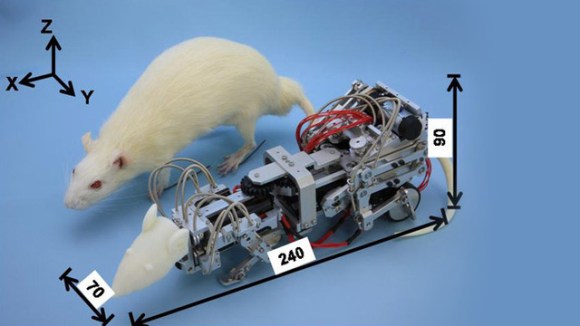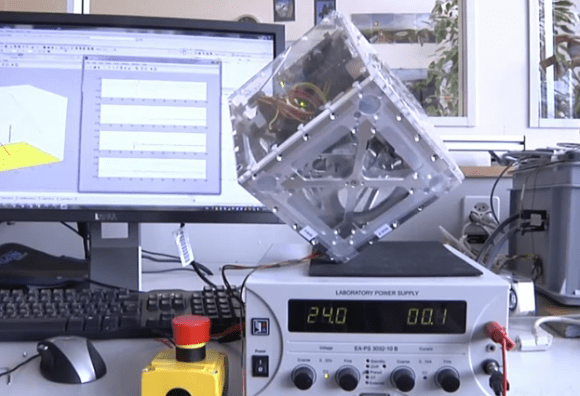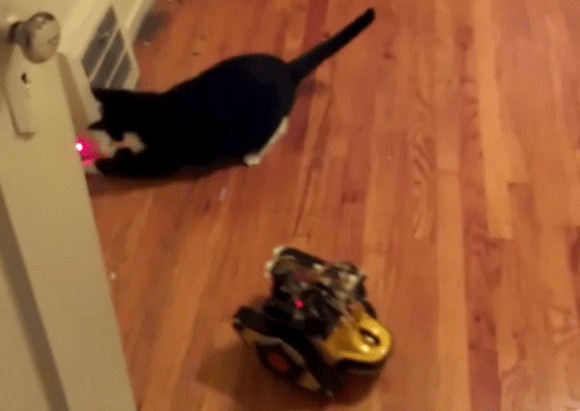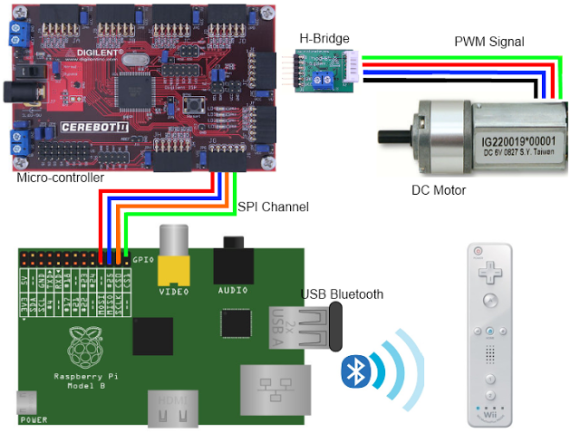Back in 2002, [Dave] came across a discarded PUMA robotic arm and quickly set his sights on turning it into a bartender to serve drinks at his parties. Unfortunately, the arm was far from operational and being an engineer at his day job meant that working on this project was the last thing he wanted to do when he came home. So, progress trickled along slowly for years. He eventually announced a public deadline to spur him to action, and this years Pi(e) party saw the official debut of ‘Sir-Mix-a-Bot’ – the robot bartender.
With the exception of having to build a new hand for it, mechanically, the arm was still in good condition when [Dave] found it. The electronics were another story however. Using some off the shelf components and his own know-how, [Dave] had to custom build all the controls. The software was written from scratch as well. (He lucked out and had help from his brother who was taking a Ph.D. program in robotics at the time).
As if the robotics aspect of the project wasn’t enough, [Dave] even created a beautiful custom table that both houses and displays his masterpiece. The quality of craftsmanship on his table alone is worth the time to check this out – there’s a short video after the break.
[Thanks Dave]

















